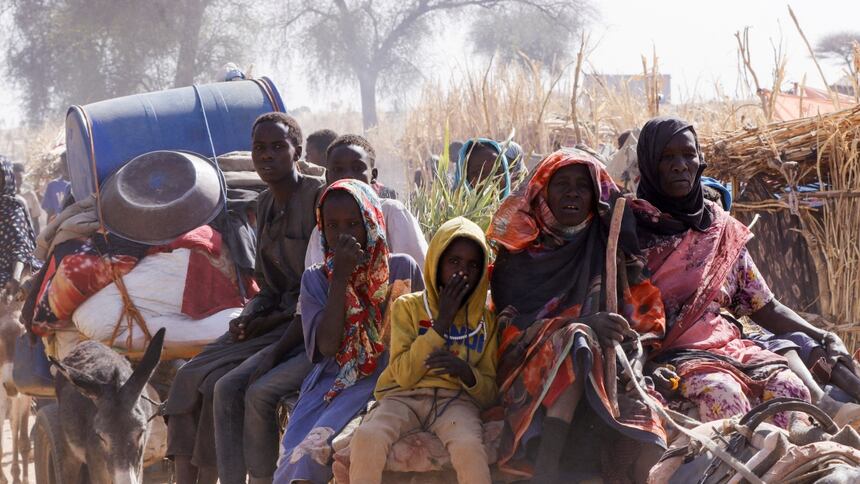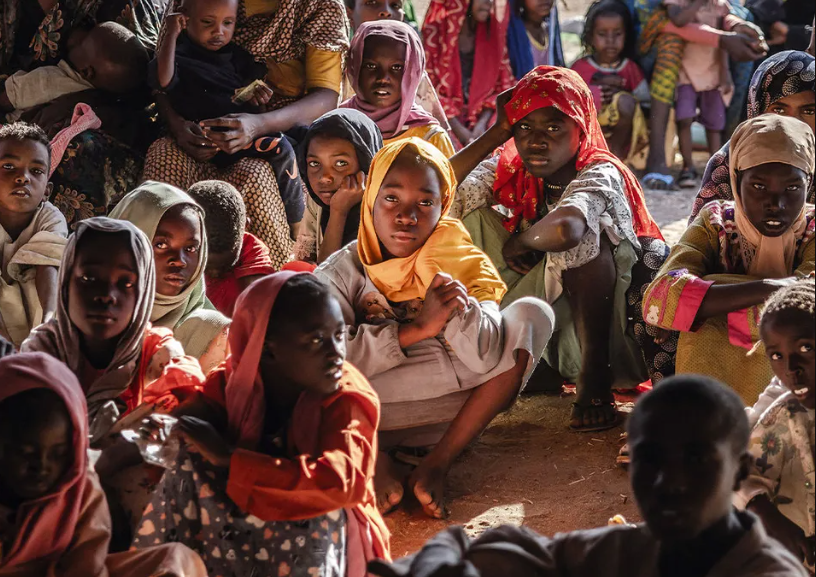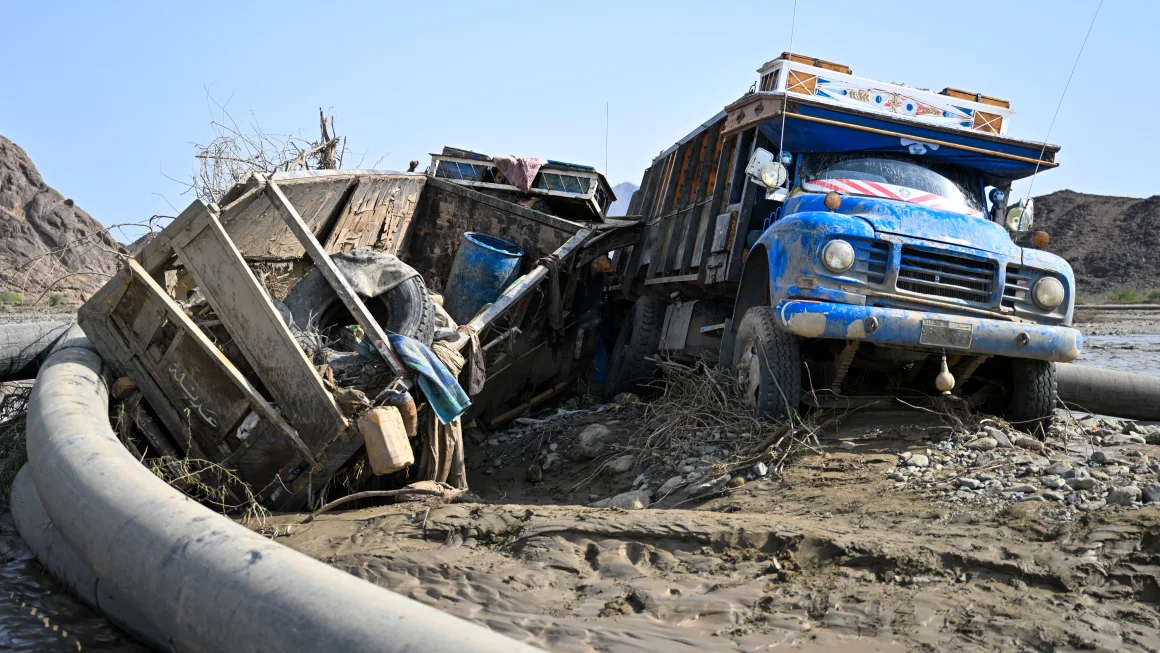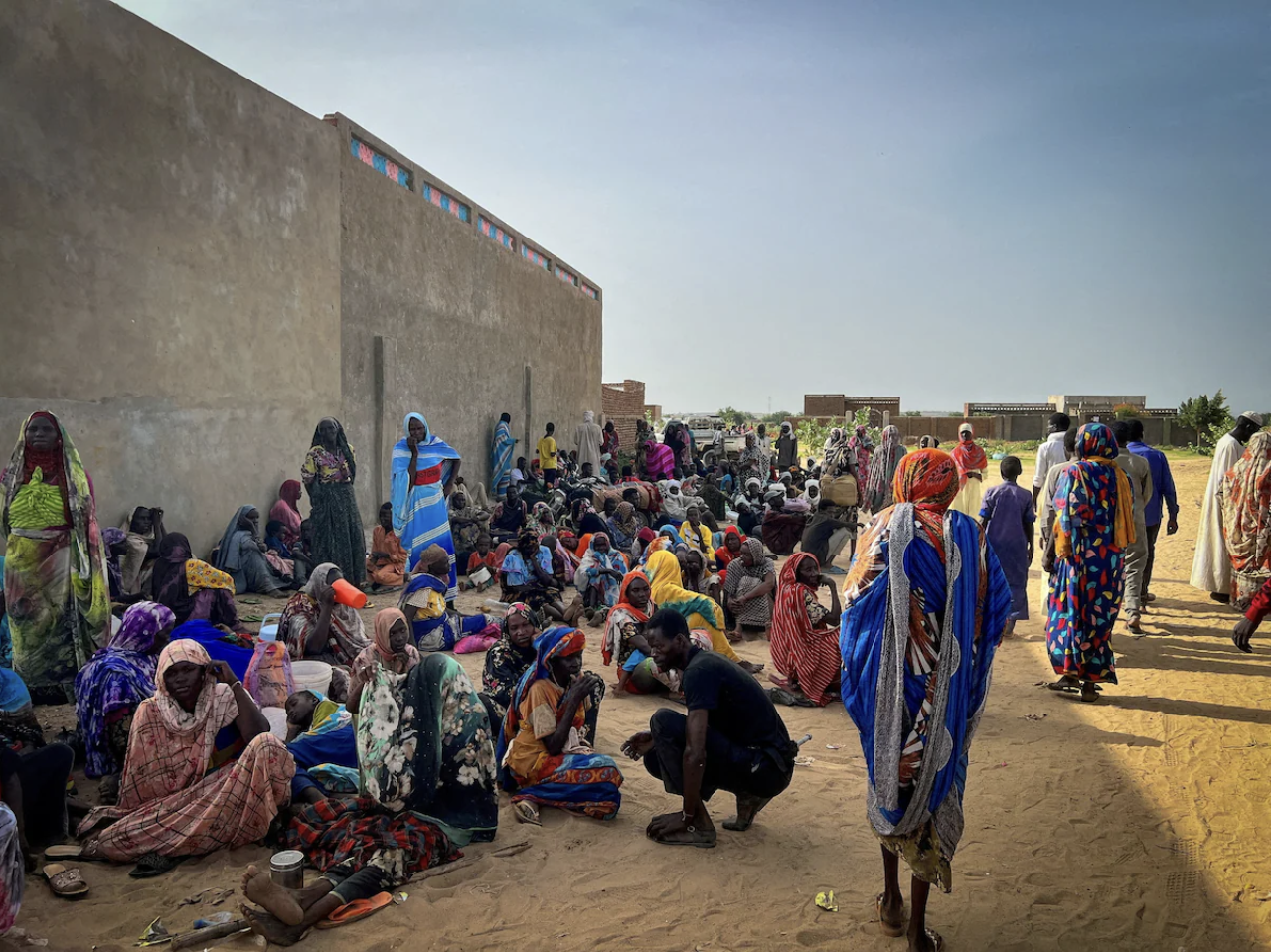
This article is more than
2 year oldIn Sudan and beyond, the trend towards global peace has been reversed
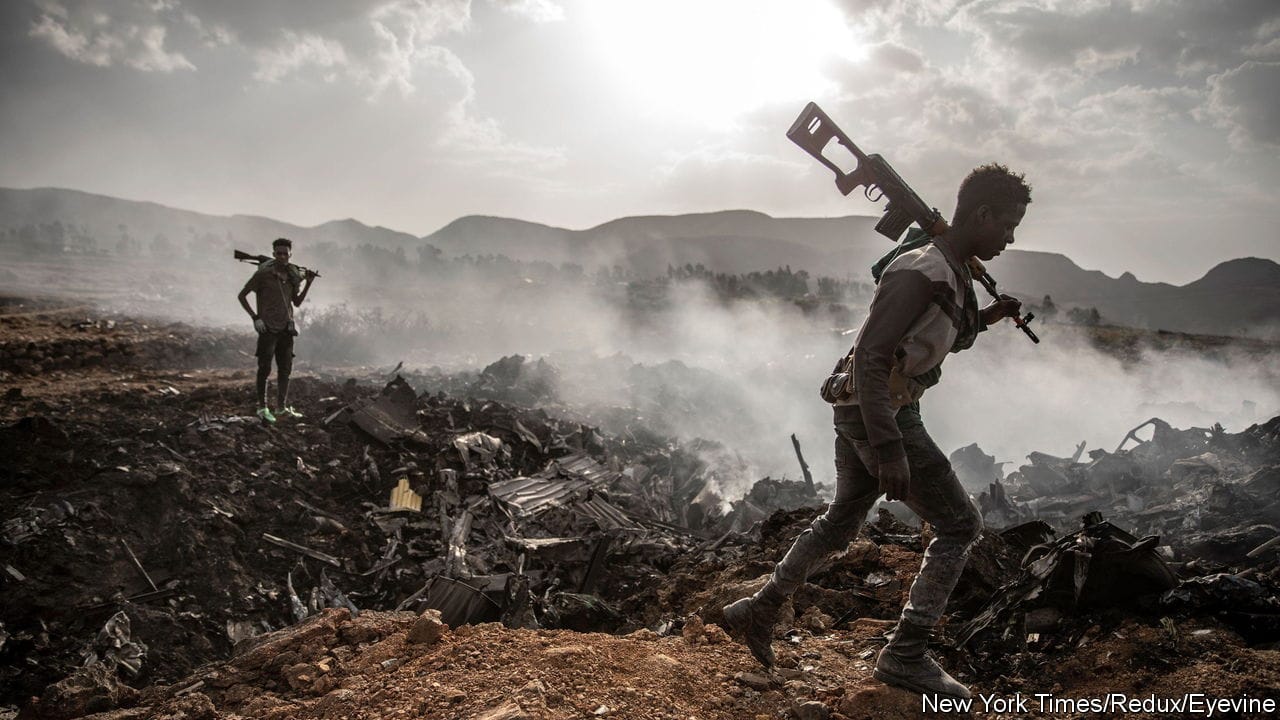
Conflicts are growing longer. Blame complexity, criminality and climate change
In sudan the laws of war carry no more weight than the rules of Quidditch. As two thuggish generals fight for power, civilians have been murdered, diplomats attacked and patients evicted from a hospital so that soldiers can use it as a fortress. The battle that began on April 15th could be the start of a full-scale civil war. But another way of looking at it is even gloomier. Sudan has endured a kaleidoscope of civil wars for most of the time since independence in 1956. The mayhem this week illustrates an under-reported global calamity: the increasing duration of war.
The average ongoing conflict in the mid-1980s had been blazing for about 13 years; by 2021 that figure had risen to 20 (see International section). Since the Arab Spring in 2011 a new wave of wars has begun and battle deaths have risen, bucking a long trend towards greater global peace. The total death toll is hard to measure. Most victims die not in battle itself but because war makes them hungrier and less able to resist disease. By one estimate 600,000 people perished during Ethiopia’s recent crushing of the breakaway region of Tigray—more than in Ukraine—partly because the government blocked aid to the starving. Globally, the number of people forced to flee their homes has doubled in a decade, to roughly 100m. And even as the world grows richer, conflict makes unlucky countries swiftly poorer.
Read More (...)

